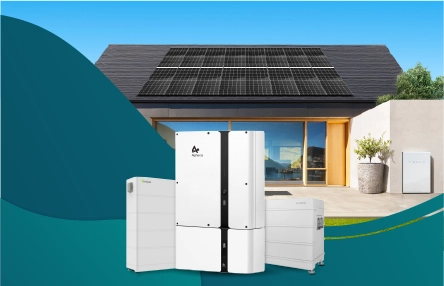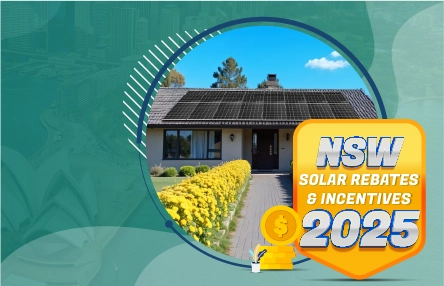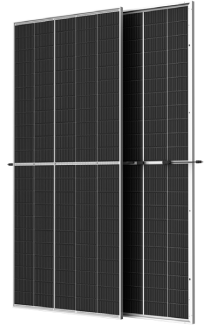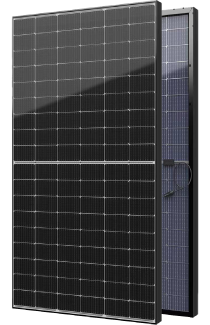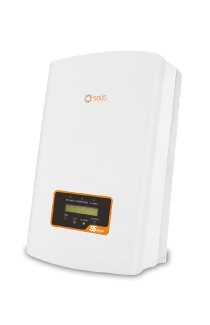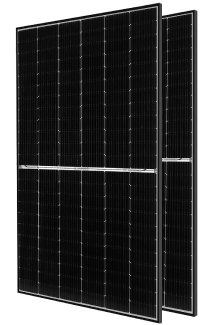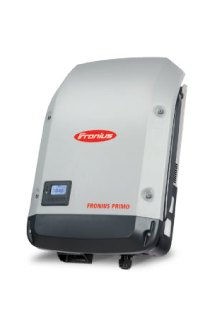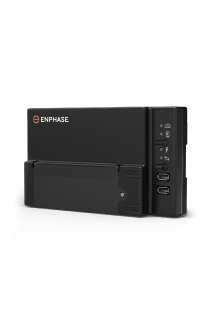Solar energy has become an increasingly popular choice for homeowners across Australia, offering both environmental benefits and financial savings. One of the key incentives for adopting solar energy systems has been solar feed in tariffs—a payment scheme where households with solar panels receive money for the excess energy they export to the grid.
However, in recent years, feed-in tariffs have been falling, leaving many solar customers wondering how this impacts their overall savings and energy choices.
In this guide, we'll explain what feed-in tariffs are, why they're decreasing, and how you can still make smart energy choices amidst this changing landscape.
What Are Feed-in Tariffs?
A solar feed-in tariff is a payment made to homeowners who generate excess electricity from their solar panels and export it to the public electricity grid. When your solar system produces more electricity than your household consumes, the excess is sent back to the grid, and you're compensated through a feed-in tariff.
Feed-in tariffs were introduced to incentivize the adoption of solar power by offering homeowners a financial return for contributing to the grid. The higher the tariff, the more money you could make from exporting excess energy. Tariff rates can vary depending on where you live, your energy retailer, and the size of your system.
The Trend of Falling Feed-in Tariffs
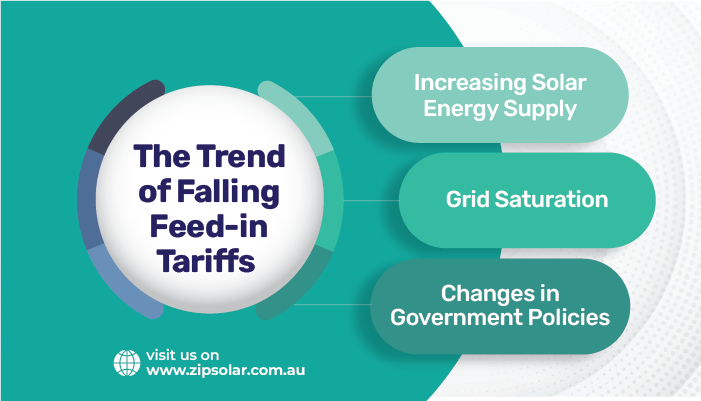
In recent years, there has been a noticeable decline in solar feed in tariffs across Australia. Several factors contribute to this trend:
1.Increasing Solar Energy Supply
As the number of homes and businesses with solar systems increases, the supply of solar energy to the grid has grown.
This increased supply has, in turn, led to lower feed-in tariff rates as electricity retailers adjust their payments to reflect the abundance of available solar power.
2.Grid Saturation
The more solar energy that is exported to the grid, the more difficult it becomes for electricity networks to manage. Many grids are not designed to handle large amounts of intermittent solar power, which leads to a reduction in the best feed-in tariffs as utilities struggle to balance supply and demand.
3.Changes in Government Policies
Many of the high feed-in tariffs offered in the past were the result of government-backed incentives designed to encourage solar adoption. As solar becomes more mainstream and costs decrease, these government-backed schemes have gradually been phased out, leading to a reduction in feed-in tariff rates.
However, other solar panel incentives such as rebates and subsidies still exist to support the continued growth of solar energy.
Implications for Solar Energy Consumers
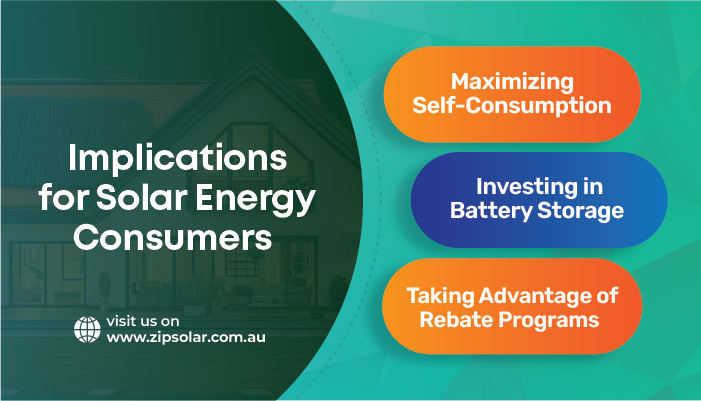
For solar energy consumers, falling feed-in tariffs may seem concerning at first glance, but they don't necessarily diminish the financial viability of solar energy. While you may earn less for exporting excess power to the grid, there are still several ways to maximize the value of your solar energy system:
1.Maximizing Self-Consumption
With lower feed-in tariffs, it makes more sense to use as much of the energy your system produces as possible. By shifting your energy usage to daylight hours when your solar panels are generating power, you can reduce the amount of electricity you draw from the grid, saving you more on your energy bills.
2.Investing in Battery Storage
Adding a solar battery storage system allows you to store excess energy generated during the day for use during the night or on cloudy days. This way, you're less reliant on feed-in tariffs and can maximize your energy independence.
At Zip Solar, we offer a range of solar and battery storage solutions designed to help you get the most out of your system.
3.Taking Advantage of Rebate Programs
Even though solar feed-in tariffs are falling, you can still benefit from solar rebate programs offered by both the federal and state governments. These programs reduce the upfront cost of installing a solar energy system and make solar power more affordable for homeowners.
Zip Solar, as an NETCC approved seller, ensures that our customers are well-informed and able to access these rebates to lower their installation costs.
Future Outlook for Feed-in Tariffs and Solar Energy
The future of solar feed in tariffs is uncertain, but it's likely that rates will continue to decline as more homes adopt solar power and electricity grids face challenges in managing excess solar generation. However, this doesn't mean that solar energy will become less valuable for homeowners.
In the future, we may see a shift in how solar energy is valued, with a greater focus on self-consumption and energy storage solutions.
With advances in solar battery technology and growing government support for energy independence, homeowners will have more control over how they use and store their solar energy, reducing their reliance on the grid.
Additionally, as electricity prices from the grid continue to rise, the savings generated by producing your own solar energy will still outweigh the losses from lower feed-in tariffs.
For many homeowners, installing a solar energy system remains a smart long-term investment, especially when combined with modern battery storage solutions.

Conclusion
While solar feed in tariffs are falling, the benefits of adopting solar energy are still significant. By maximizing your self-consumption, investing in battery storage, and taking advantage of available solar panel incentives, you can ensure that your solar system remains a valuable asset.
At Zip Solar, we're committed to helping you make smart energy choices, even in a changing energy landscape.As a NETCC approved seller, we offer expert advice and solutions tailored to your energy needs.
Contact us today to learn more about how you can optimize your solar system and take advantage of current rebates and incentives to make the most of your solar investment.

